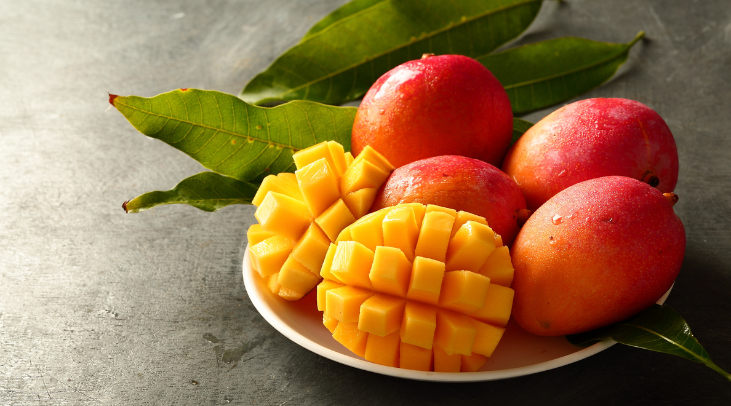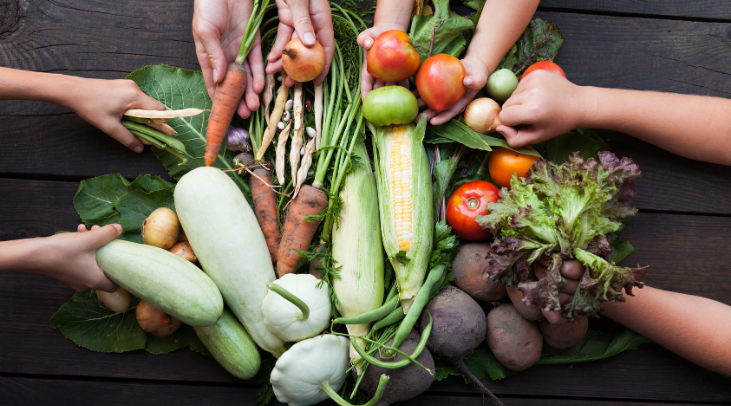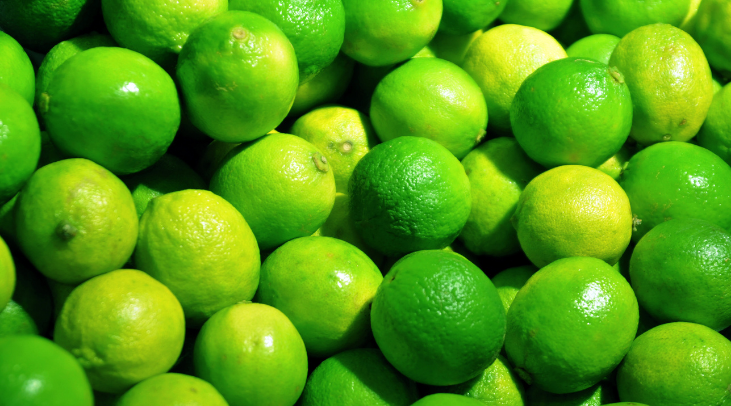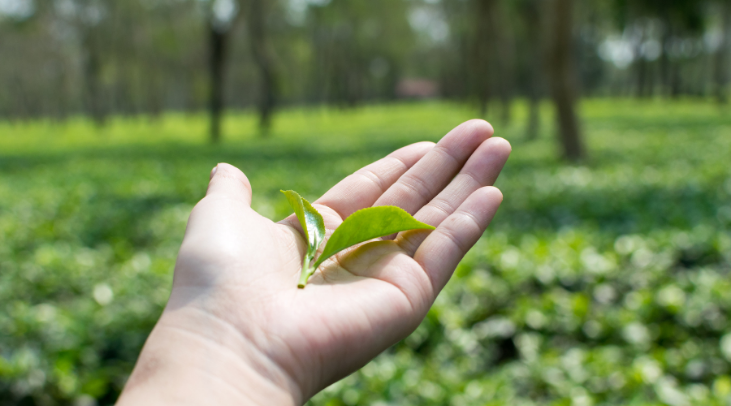The 5 Important matters of Cultural Knowledge in Exporting Indian Fruits and Spices
Exporting is more than just selling products—it’s about connecting with people from diverse cultures and meeting their unique preferences. For Indian fruits and spices, cultural knowledge plays a crucial role in building trust, enhancing customer satisfaction, and fostering long-term trade relationships. This blog highlights why understanding culture is key to successful exports. 1. Tailoring Products to preferences on Cultural knowledge Different cultures have distinct culinary traditions. Understanding these preferences allows exporters to position products more effectively.Tailoring products to cultural preferences is key to successfully reaching international markets, especially when exporting products like Indian fruits, spices, and beverages. Understanding the tastes, dietary habits, and cultural significance of specific products in different regions allows exporters to customize their offerings to resonate with local consumers. For example, in Middle Eastern countries, spices like saffron and cardamom are valued not just for their flavor but also for their cultural and ceremonial importance, so emphasizing their authenticity and premium quality is essential. Example: Cardamom is widely used in Middle Eastern cuisine, while turmeric is a staple in Southeast Asian dishes. Exporting these spices with appropriate packaging and branding ensures they resonate with target markets. 2. Respecting Local Customs and Traditions Cultural sensitivity goes a long way in building rapport with international buyers. For instance, using culturally appropriate symbols, colors, and packaging materials can make products more appealing to consumers abroad. Adapting marketing strategies is crucial for effectively reaching diverse international markets, especially when promoting products like Indian fruits, spices, and tea. Each region has its own consumer behavior, media consumption patterns, and cultural influences that shape purchasing decisions. For instance, in markets where health and wellness are a priority, emphasizing the medicinal benefits of products like turmeric or ginger can be an effective marketing approach. Respecting local customs and traditions is essential for building trust and fostering long-term relationships when exporting products to international markets. Each culture has its own set of values, preferences, and expectations, which can significantly influence consumer behavior. For example, certain regions may have specific dietary restrictions, such as halal or kosher requirements, that exporters must consider when packaging and labeling products like spices or snacks. 3. Adapting Marketing Strategies based on cultural knowledge Effective marketing requires cultural alignment. From advertising messages to promotional campaigns, every aspect must respect local values and norms.Adapting marketing strategies is essential for businesses to stay competitive in an ever-evolving marketplace. It involves understanding consumer behavior, market trends, and technological advancements to modify existing approaches or introduce innovative tactics. Companies must be flexible, responding quickly to changes in customer preferences, economic conditions, and industry disruptions. Tip: Collaborating with local influencers and marketers helps bridge cultural gaps and boosts brand visibility. 4. Navigating Trade Practices and Expectations Each country has its own trade customs, etiquettes, and negotiation styles. Being aware of these can help avoid misunderstandings and build stronger business relationships. Navigating trade practices and expectations is crucial for businesses looking to expand into new markets and foster international relationships. It involves understanding the legal, cultural, and economic nuances that shape how products and services are exchanged across borders. Companies must familiarize themselves with local regulations, tariffs, and trade agreements while respecting cultural preferences and business etiquettes. 5. Incorporating stories of Cultural knowledge Highlighting the cultural and historical significance of Indian produce, such as the ancient uses of saffron or the Ayurvedic benefits of turmeric, adds a unique narrative to exports. Incorporating cultural stories into marketing and communication strategies can be a powerful way to resonate with diverse audiences and build deeper connections. Cultural stories, whether rooted in tradition, folklore, or modern narratives, evoke emotions and values that align with the audience’s identity and heritage. By weaving these stories into brand messaging, businesses can celebrate local customs, foster inclusivity, and highlight shared experiences that transcend geographical boundaries. Conclusion Cultural knowledge is the bridge that connects Indian exporters to the world. By understanding and respecting the diverse cultural landscapes of target markets, we can not only enhance customer satisfaction but also strengthen India’s position as a global leader in agricultural exports. Let’s celebrate diversity through thoughtful exports with freshhly picked!
The 5 Important matters of Cultural Knowledge in Exporting Indian Fruits and Spices Read More »










